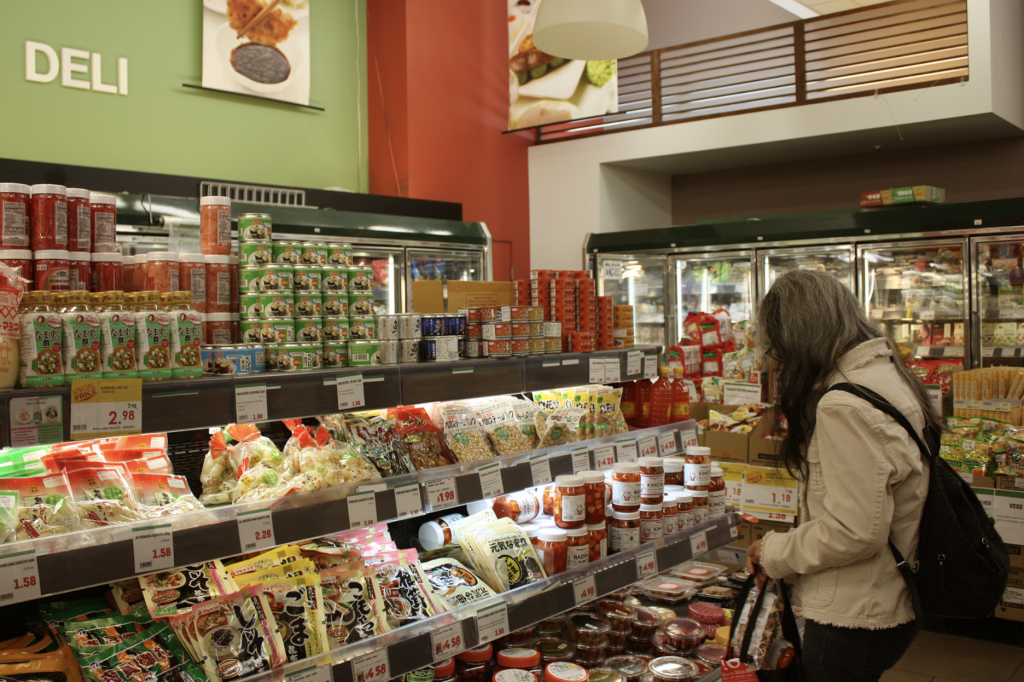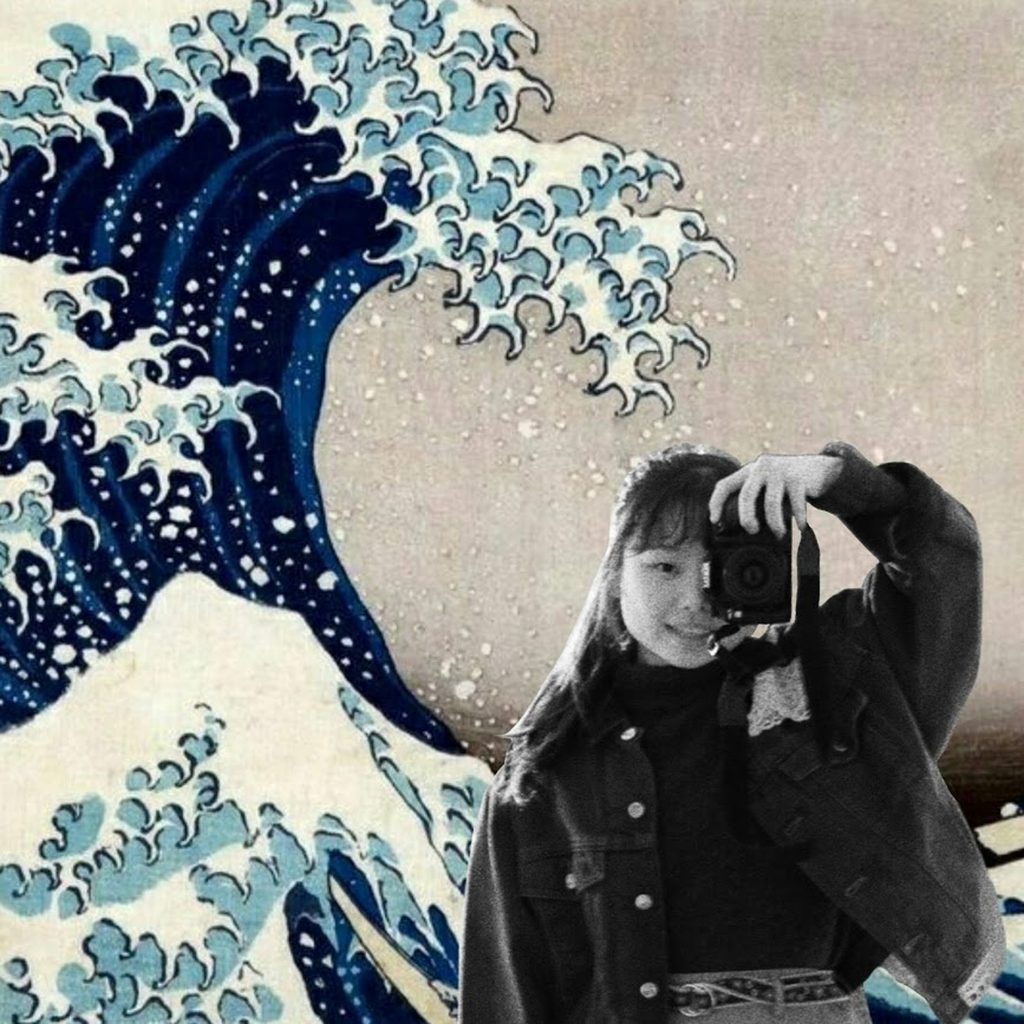It’s time for a change. Next GenerAsian addresses the pressure of the normalization of unrealistic beauty standards in Eastern Asian countries.
With over 30 million active users in Asia, SNOW functions as a multimedia application with visually appealing filters and effects that have attracted millions of Asian consumers.
Multiple platforms such as SNOW itself, or Meitu, and FaceU have been on the rise in many Eastern Asian countries.
What is most noticeable with these apps is their similarity with the rising “beauty standard” within East Asia. While these beauty apps have different specialities, they all give users the chance to embellish their facial structures, changing our generation’s perceptions of beauty ideals and why certain beauty standards exist in different areas of the world.
In many East Asian countries, facial attractiveness and perfection is an important cultural aspect because it relates to how society discerns you as a person. In East Asia, these beauty concepts usually revolve around the words, similar to “pale,” “skinny,” and “doll-like.” The perception of beauty reflects someone’s success and their likelihood of marriage and happiness, thus explaining the importance of maintaining superficial beauty. Are the vast differences in East Asian and North American beauty standards the main cause of burden, self insecurity, and anger towards society?
Our skin colour determines who we are. It is a large part of our identities’ and we have grown to accept and live with it.
While prejudice against skin colours has been present in multiple instances around the world, an example is the favouritism of pale skin that has dominated many East Asian countries, such as China, Korea, and Japan.
Unlike the factors in which North Americans perceive beauty, many East Asian norms tend to lean towards white, porcelain skin as the idealistic feature for a symbol of power, beauty, and wealthiness.
So, where does the Asian obsession of pale skin originate from?
In East Asian culture, dark skin is associated with working on farms, mainly in rural areas, which comes to the belief that a darker skin tone is connected to poverty. On the other hand, white skin has been known for years as a symbol of high socioeconomic status amongst East Asians. Currently, prejudice against those with darker skin remains, especially in South and Southeast Asian countries that were colonized by Europeans, where to be “white” meant to be privileged and to have power.
Such demanding and critical standards have led to the uprise of thousands of makeup products, rooted in the unrealistic beauty standards of Eastern Asia. Large beauty companies only offer a few shades and colours of products, many of which are extremely discriminatory towards darker-skinned customers.
While the message is that whiter skin is “ideal” and favoured in these countries, we must promote the true meaning of beauty, in that all skin is beautiful, no matter the colour.
On top of the pale skin obsession, something that’s called the “doll-face” is another set of specific features that East Asians have desired: Big eyes, double eyelids, a tiny nose with a high bridge, rosebud lips, and a V-line jaw.
The “doll face” has been promoted not only by large beauty companies but also by entertainment groups such as ones in K-pop and K-dramas. East Asian celebrities in the spotlight of the media are always possessing these unnatural features.
The “doll face” look is extremely unrealistic and cannot be achieved solely by using makeup, thus, these standards have been pushed to be achieved through cosmetic surgery. According to a study from Bank of America Merrill Lynch, South Korea is the plastic surgery capital of the world with the highest per capita rate of cosmetic surgery. About 1 in 3 women in Seoul between ages 19-29 have admitted they have had some sort of cosmetic or plastic surgery performed.
For many years, having a slim body has been stressed in East Asian culture. A slim waist and a small figure have been perceived as the ideal body type and were made into an expectation for all East Asian women. As a result, many teenage girls and young women have suffered incredible stress and have faced many insecurities to achieve their desired weight.
East Asian countries, in particular, have millions of cases of anorexia and other body-related issues concerning strict cultural standards.
In Japan, over 30% of women in their 20’s are medically underweight. However, due to these excessive beauty ideals, they do not recognize this as an issue and later suffer due to the damages to both their mental and physical health.
In conclusion, millions of East Asians face an incredible amount of pressure to fit societal ideals and strict beauty standards. We, as a generation, should learn and evolve into becoming more accepting towards all skin colours and body types. Most importantly though, we need to educate ourselves to not emphasize others’ opinions on our looks, rather for us to be happy with our looks.
Sources
http://snowpavilion.co.uk/the-definition-of-mei-li-chinese-ideals-of-beauty/
https://www.nytimes.com/2016/07/06/technology/snapchat-snow-korea.html?
https://media.thinknum.com/articles/snow-koreas-instagram-and-snap-killer-is-on-the-rise/
https://thediplomat.com/2019/12/where-does-the-asian-obsession-with-white-skin-come-from/



